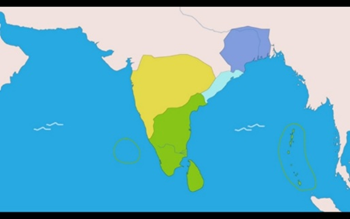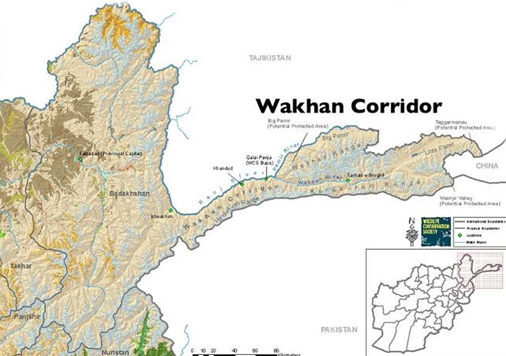Cross Platform Interchange - No Escalator Rides ☹
Full
CPI or Paired stacked-island cross-platform
This supports all possible interchange movements. This requires two stations. Each Station has two island platforms stacked one above the other.
If you
notice, it is possible to continue in any direction on
the other line with this set of interchanges, just by walking
across the platform at either station.
City Hall and
Raffles Place which serve the red and green lines on the Singapore MRT ( Mass Rapid
Transit )are an example of this.
First this
is like “uh! They have two platform Interchanges in row.” But this is not the
case. Basically, if you want to continue in the same direction, you transfer at
one station and if you want to head in a different direction, you transfer at
another.
The track layout is arranged in a way that there are two levels and train swaps levels when going from one station to another. This is also how direction changing is possible.
Single Station Same Level cross-platform
interchange
In this type, there are three island platforms on the same
station, and they support 6 of the 8 possible transfers. It is obvious that
that the trains have doors on both sides to make use of this approach.
This is the most common CPI that
is used across the world. An example of this is the Fulton Street Station
on the New York City Subway
Single Station Stacked Platform Interchange
In this case, the
dominant direction of each line is present
in each of the island platforms. This allows people to transfer to and
from dominant direction easily.
Another
example of this is Taipei metro, which has three stations with Stacked Island
platforms on each of them. This serves three lines, namely Red, Green and
Yellow lines.
Please note there there are around 66 cities with CPIs in
the world of which I’ve covered only a few and of the 66 CPIs 14 are in China.
Not too surprising for me. ( 41 of 204 Metro systems are in China ) anyway, see
you later.
Unfortunately, none of them are in India. Before you start questioning me, the mainline railway platforms in India, which have two tracks in between two island platforms are considered as CPI.
Hopefully this is the last post, where I bore your about metro trains.
Thank-you









Nice
ReplyDeleteThankyou Peripa
DeleteI found this very interesting. Didn't know that there could be so many variations. The first 3 are for 2 line interchange, and the last one is for 3. I guess 4 line interchange must be super complicated (does it exist?). Next time I travel in metros abroad, I'll try and pay attention.
ReplyDeleteSo India does not have CPIs in their metros. To see this positively, people get more exercise moving up and down to change train lines ;-)
I remember Moscow has has quad line interchange and i think beijing and new York as well as Seoul have them
ReplyDelete